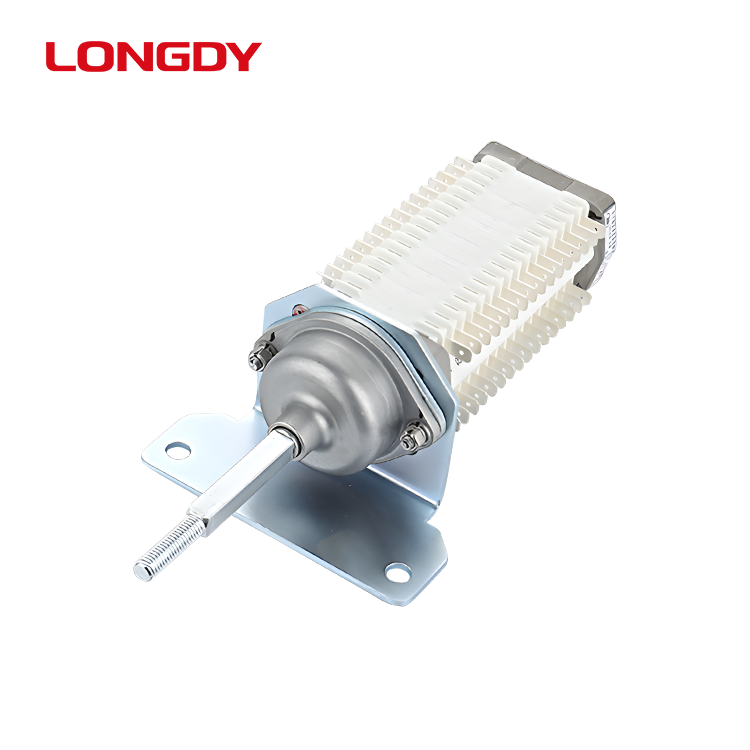In the world of electrical engineering, every detail carries its importance, especially in the electric mechanism, the role of auxiliary switches can not be underestimated. The auxiliary switch, which seems to be an insignificant role in the circuit, is actually the key to the safety and efficiency of the entire system. So when will these obscure guardians make the switch? Let's unravel the mystery behind this.
First, we need to understand the basic function of the auxiliary switch. Auxiliary switches are usually used to control auxiliary circuits in a circuit, such as lighting, signal or power on and off. Their presence ensures that major equipment can be powered at the right time, or cut off when it is not needed to avoid unnecessary energy consumption or potential safety hazards.
The moment of switching is determined by the operating state of the electric mechanism and the design requirements. In some cases, the auxiliary switch is pre-switched on before the main circuit is powered on to ensure that the relevant auxiliary equipment can be started in time to provide the necessary support for the smooth operation of the main circuit. For example, before an electric motor starts, an auxiliary switch may be switched on to light an indicator or start a cooling system.
In other cases, the auxiliary switch is switched in response to a change in the state of the main circuit. When the main circuit is powered off due to overload, short circuit or other failure, the auxiliary switch will be quickly cut off to prevent the auxiliary equipment from continuing to run and cause more damage. This design reflects the intelligent and humanized safety protection in the electric mechanism.
The process of switching, although only a moment of action, is the result of precise calculation and precise control. Engineers carefully design the switching logic of the auxiliary switch according to the working cycle, load characteristics and safety standards of the electric mechanism. This includes choosing the right switching point to ensure that the auxiliary device can be put into or out of service at the right moment.
In this process, it is not difficult to find that the switching of the auxiliary switch is not only a simple physical action, but also a deep understanding of the operation law of the electric mechanism and a strict commitment to safety responsibilities. Each switch is a guard of the integrity of the equipment and a commitment to the safety of the operator.
In short, the switching moment of the auxiliary switch in the electric mechanism is the accurate control of the operating state of the equipment and the strict implementation of the safety principle. They are insignificant, but like the timpani in a band, they provide the indispensable rhythm for the harmonious operation of the whole system. In this world full of electricity, let us pay tribute to these quiet little heroes, because of their presence, our work and life can be safer and more efficient.

